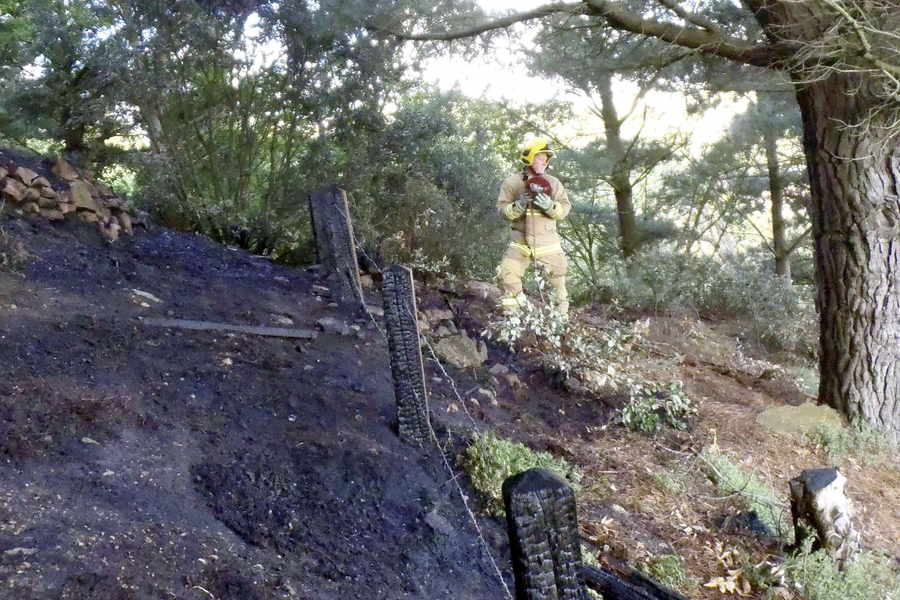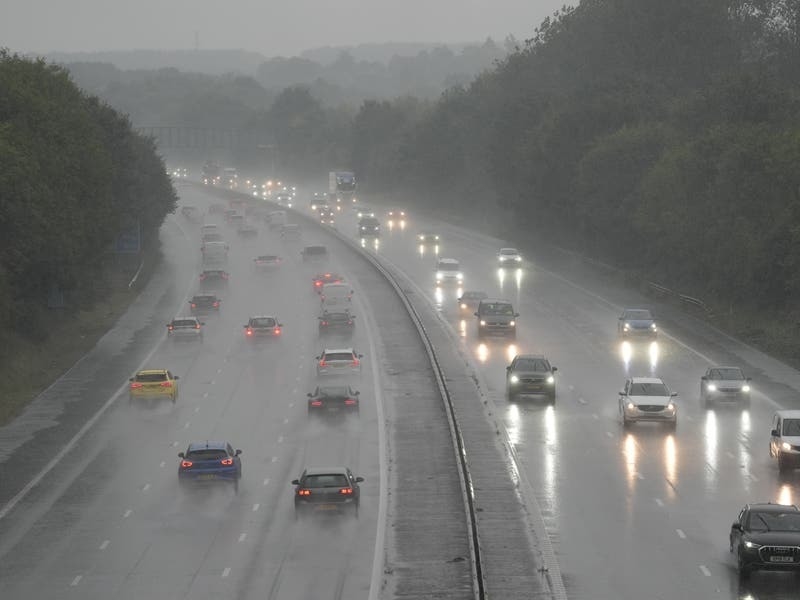- Investigation launched into cause of fire at Sir Winston Churchill park
- Alarm raised after smoke seen billowing from the area
- Blaze covered 50 square metres
- Furze and fence posts destroyed
A POLICE investigation is under way following a fire in Sir Winston Churchill park in St Brelade yesterday evening.
Fire crews were called out after smoke was seen billowing from an area of the park behind the St Brelade’s Bay Hotel at about 6 pm.
A total of 12 firefighters – including a crew from town and a part-time crew form the Western Fire Station – tackled the blaze, which covered an area of 50 square metres. The fire destroyed furze and a number of fence posts.
The fire was quickly extinguished and the crews stayed on scene for over an hour to ensure it did not re-ignite.
Watch commander Richard Ryan said: ‘The States police have been notified of the incident and the cause of the fire is under investigation.’
It is not yet known whether the fire was started deliberately or by accident.
Although there has not been a major headland blaze or furze fire for some time, dry, woody parts of Jersey’s headland can be prone to burning in the summer months.
In the past there have been huge fires that needed combined efforts from the emergency services.
Here are a few you may remember:

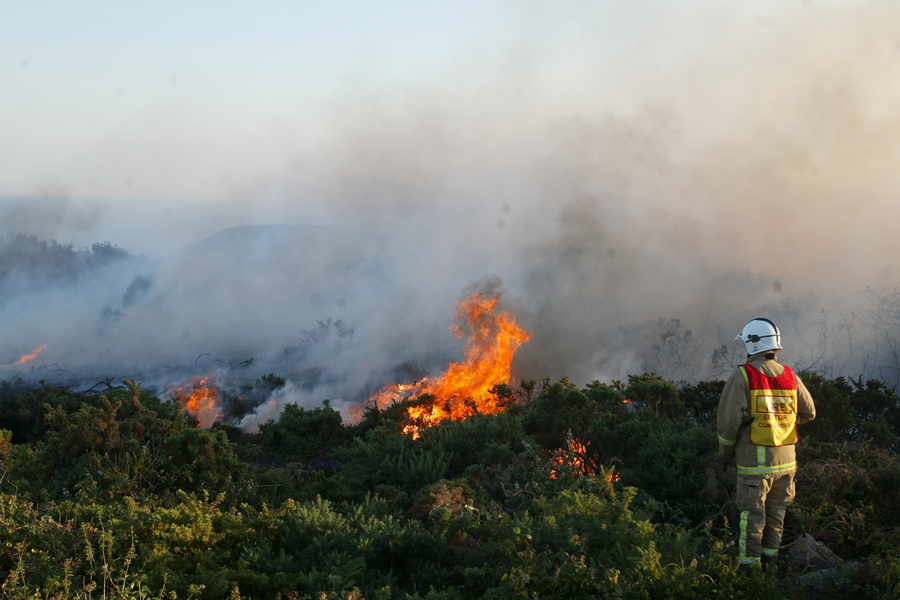

One of the biggest blazes of 2009 – a year that was particularly bad for wild fires – happened on land above St Aubin on Sunday 13 September. Here is the JEP’s front page from the following morning:

- Wind can blow embers a mile ahead of the main blaze, starting new fires
- Close to where the fire is burning the air is often too hot to breathe
- 90 per cent of all wildfires are started by human
- One of the largest fires in recent history came in 1825 when a fire tore through Maine and New Brunswick, in Canada, burning three million acres of forest
- Lightning strikes hit the earth more than 100,000 times a day. Ten to 20 per cent of these incidents can cause fires
Firefighters have had to deal with wildfires for years in Jersey. In some cases a controlled burning helps land to regenerate.
Pictures from the JEP’s Temps Passé archive reveal some of the bigger incidents to be captured on film in previous decades.


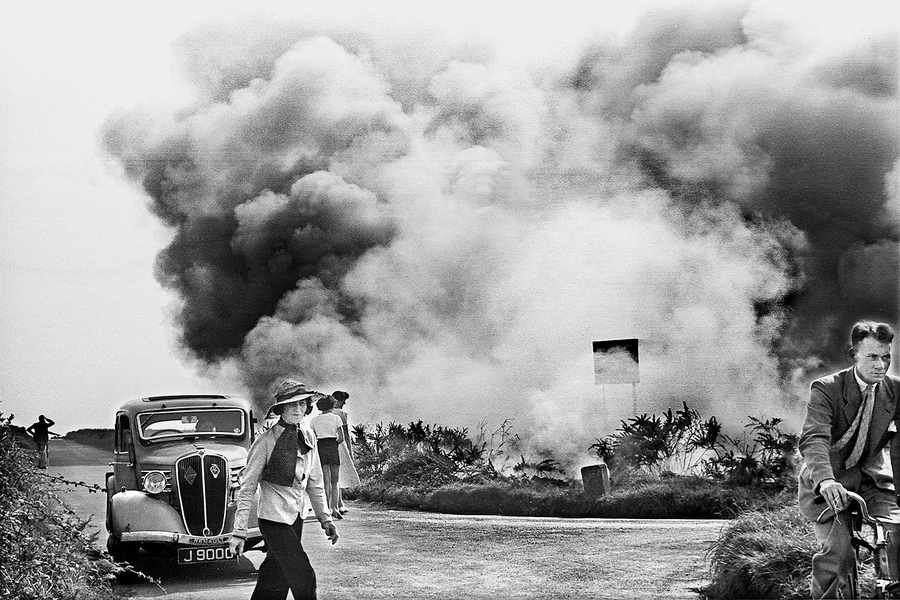
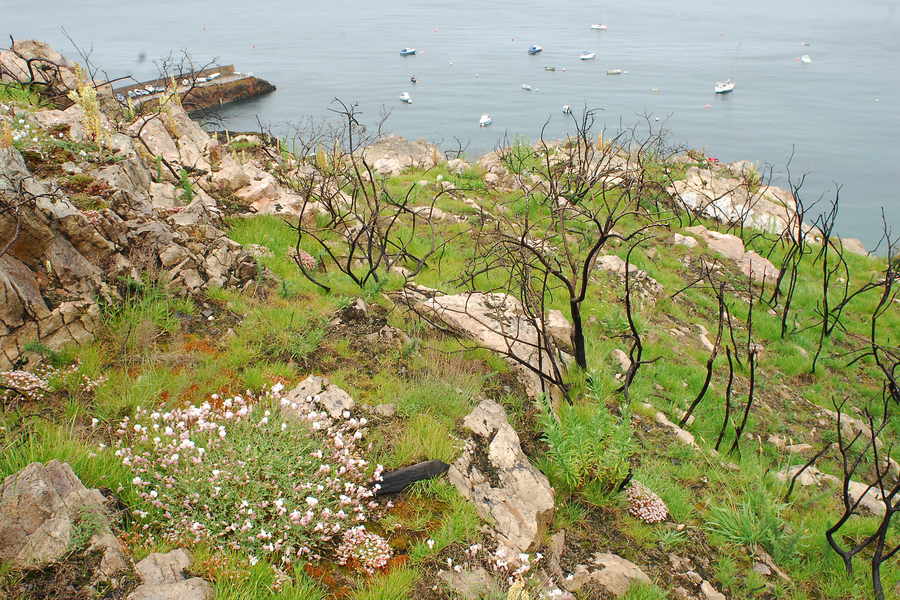
- Never throw cigarettes or matches out of a car window
- Do not use barbecues near gorse or overhanging branches
- Never leave barbecues unattended
- Do not burn garden waste. If you do, make sure you have a garden hose nearby
- Never leave glass or glass bottles in the countryside as sunlight shining through glass can start fires

